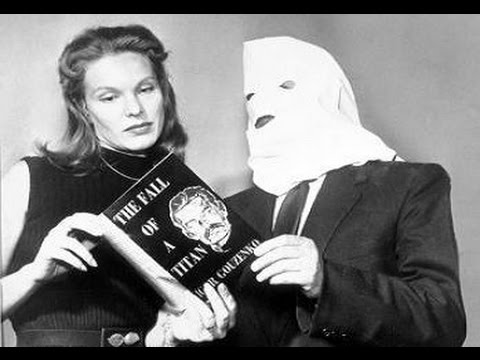Title: Borreman
At: Hvitsten Artwalk, Hvitsten near Oslo, Friday 15.7.16
Concept: Folk rituals are a rich and historic manifestation of popular culture; a kind of people’s performance art. An extraordinary number are still observed in the British Isles, across every region and throughout the calendar. Many persist in mainland Europe; but in Scandinavia there are few, and in Norway almost none.
This performance transposes a performance from Britain to Norway.
The Burryman is a herring-charming ritual of east coast fishing communities in Scotland. A man chosen by vote is paraded around town wearing a bowler hat, balaclava and clothes completely covered in the small, spherical, velcro-like fruit of the Burdock plant and given whisky to drink through a straw in every pub. The thousands of burdocks needed must be collected only by the Burryman, and used while still green. He is forced to walk with his legs held apart and his arms extended, otherwise the burrs would cling to each other. The weight of the burrs is so great that he holds upright wooden staves to relieve the burden on his arms and shoulders.
Synopsis: The fruits of the burdock (Arctium lappa, genus Arctium, Norwegian: Storborre) were collected and attached, and the embellished performer appeared at an arts festival in a seaside village on the Oslofjord.
 |
| photo AW |








